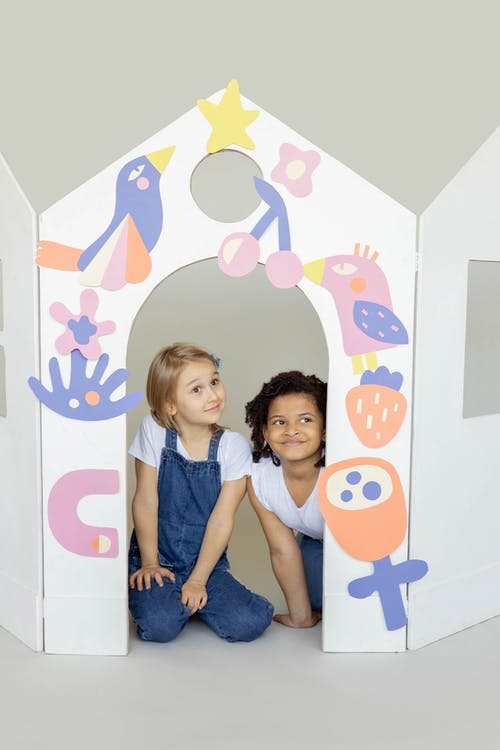As parents, you want to keep your kids safe at all times—especially in your own home.
But kids are mischievous little ones who always find a way to get into trouble and potentially put themselves at risk. While you likely can not protect them from everything every second of the day, you can take some proactive steps to ensure that your kid’s safety is put first.
In fact, did you know that millions of kids end up getting hurt in their own homes every year? This is the result of a range of things that probably could have been prevented—from toys they choke on, medicine cabinets they get into or sharp objects they come into contact with.
But the majority of these accidents can actually be minimized through a few simple safety tips. For example, installing a gate on both sides of your stairs or using child-resistant packaging can be a huge game-changer for stopping unfortunate incidents from occurring.
We know as parents you already have a lot on your plate, which is why we have rounded up the top things to consider and look out for when it comes to keeping your kids safe at home.
1. Secure the Furniture
Kids are always pulling and tugging on anything they can get their hands on. That is why, when possible, you should try to secure your furniture to the ground or walls. That way there is little risk of the furniture falling onto your child and causing a very unpleasant accident from happening.
But in addition to securing your furniture, you should be strategic as to where you place it. This means that you should also be very careful as to where exactly you place your furniture. For instance. You would not want to put it close to a window, where your child could then climb up and hurt themselves.
2. Get Smart with Electronics
When it comes to modern-day households, it is likely you have quite a few electronics floating around. So take the time to do a quick audit and try to make them as kid-proof as possible. This means covering all outlets with covers, keeping any electrical cords well out of each and not leaving any electronic items out in the open when not in use.
3. Lock the Medicine Cabinets
Some of the most unfortunate accidents occur when kids get into your medicine cabinet. But there are a few ways to prevent this from happening. First, see if you can put your medicine cabinet under lock and key. This will literally prevent them from getting into the medicine.
The next thing you can do is get medicine that has child-resistant packaging. This will mean that even if they do come into contact with your medicine cabinet, they will actually not be able to open the bottle. The double layer of security when it comes to your medicine cabinet is a great way to go.
4. Cover All Sharp Objects
Kids have no fear when it comes to touching objects, even sharp ones. That is why on of the best ways to keep them safe at home is to first cover all sharp objects with a protective cover. Then, be strategic as to where you store them.
For example, you do not want to leave your knives in a drawer that is eye level to your little one. Instead, put them in an area that is both out of sight and out of mind to them. You can even get child-proof locks for all your cabinets and drawers as an extra layer of caution.
5. Avoid Leaving Your Kid Alone
Another way to keep your kid safe at home is by always ensuring someone has an eye on them. While it can not always be you, you can get help in ensuring that they are being watched and monitored. For example, you can get a babysitter in while you take a work call from the home office. Or you can ask your partner to hang out in the playroom with your kid while you make dinner.
In general, the better your kid is being watched, the more likely it is to prevent them from getting hurt.
6. Give Them Rules
Finally, do not forget to give your kids instructions when it comes to household rules. Even though they are young, they do have the ability to follow rules—whether they actually want to or not is another question.
But communicating clearly what they are and are not allowed to do at home will help set guidelines and a reference point for them as to how much they are really pushing the boundary.
Conclusion
Keeping your kids safe at home is something you can certainly do with these six tips and tricks.

